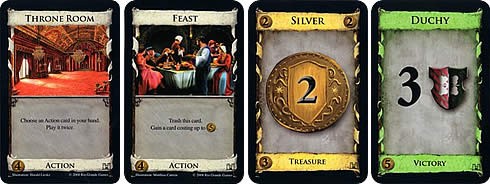Excellent question!
Truth is, I underestimated how long it would take to debug. I managed to get the demo feature-complete, but the polish just wasn’t there. I’m really disappointed I didn’t get it done, but I’m continuing to work hard to get it out as soon as possible.
On the upside, setting a deadline helped me focus on what was important and it’s looking good. It also made me chop and change parts of the design that weren’t working, and combat plays a lot better as a result.
The biggest change is the addition of awareness arcs. Originally, each weapon had a firing arc that would determine bullet spread. As time went on, this arc made less and less sense, and the only weapon it applied to in any significant capacity was the sub-machinegun. I wanted to keep the arcs, but disconnect them from weapons while buffing their usefulness.
The result is the awareness arc. Each survivor can be in a focused, normal or heightened state of awareness. These states determine the width of that survivor’s awareness arc. A focused arc grants increased accuracy, but reduced defenses against zombie attacks. A heightened arc reduces accuracy, but the survivor has a better chance of avoiding zombie attacks.
The other big change is that zombies not inside an awareness arc are hidden from view. Each combat you will have to sweep the room using your survivors’ awareness arcs and set where each one should look. This means the cop can be focused on killing zombies, while civilians can make sure he doesn’t get attacked from behind. It also reflects that a lone survivor is more likely to be attacked than a group. Survivors are always aware of zombies directly next to them.
Obviously, a focused arc doesn’t let you cover as much of a room as the heightened arc. Survivors will have access to different arc states depending on their experience level, with a character like the cop able to select from all three and newbies being stuck to one (the normal state).
Melee combat is implemented and working, but I’m not 100% happy with how it works. I’m likely going to cut it from the demo, but it will be the first thing I put back in for subsequent releases. Really, the combat demo will represent an alpha test of the game.
I hope you guys can tear it apart and make it even more awesome.
Posted in Zafehouse 2
Tags: awareness arc, combat, combat demo, Game design, games, Gaming, horror, survival horror, Zafehouse 2, Zombies


 When you’re standing next to them. Just so you know which ones are going to bite you if you don’t move somewhere safer. I’m also adding a fade effect when you do room sweeps so zombies don’t “pop” when they appear and disappear. It just looks better.
When you’re standing next to them. Just so you know which ones are going to bite you if you don’t move somewhere safer. I’m also adding a fade effect when you do room sweeps so zombies don’t “pop” when they appear and disappear. It just looks better. David Wildgoose has
David Wildgoose has  I’ve been playing Rio Grande’s
I’ve been playing Rio Grande’s  That’s pretty much what I took away from
That’s pretty much what I took away from  I might have
I might have 